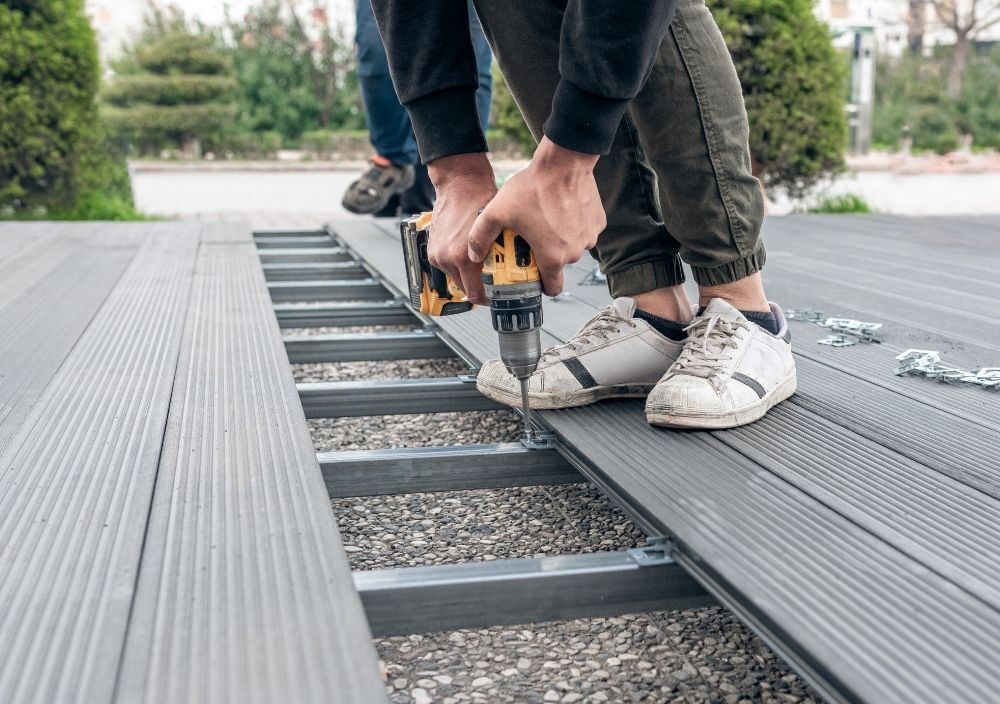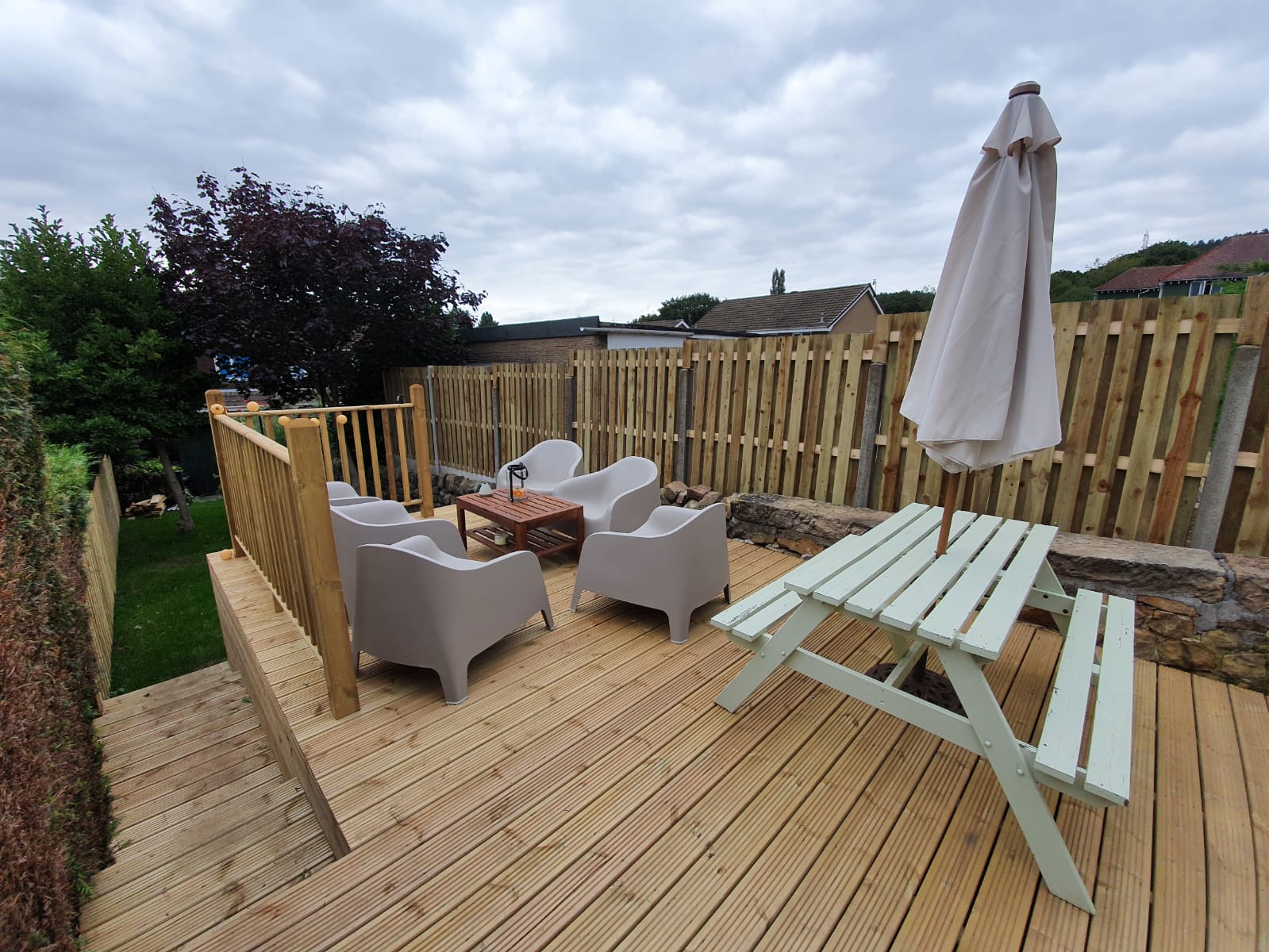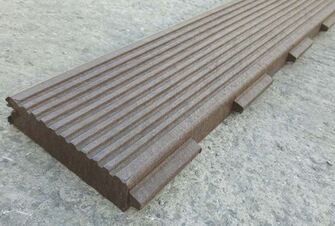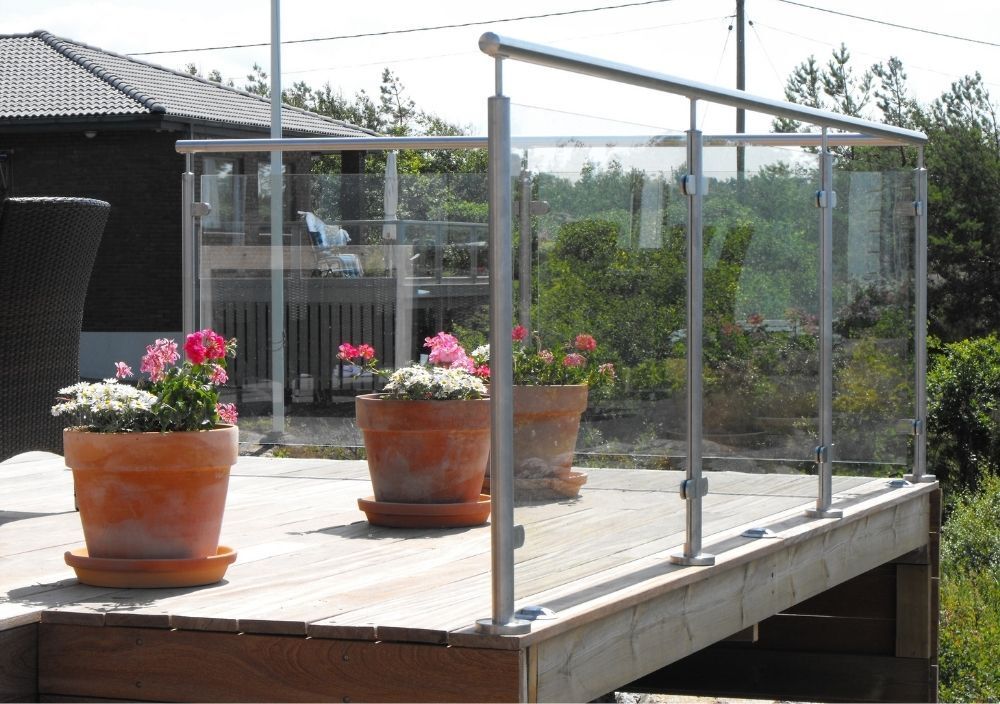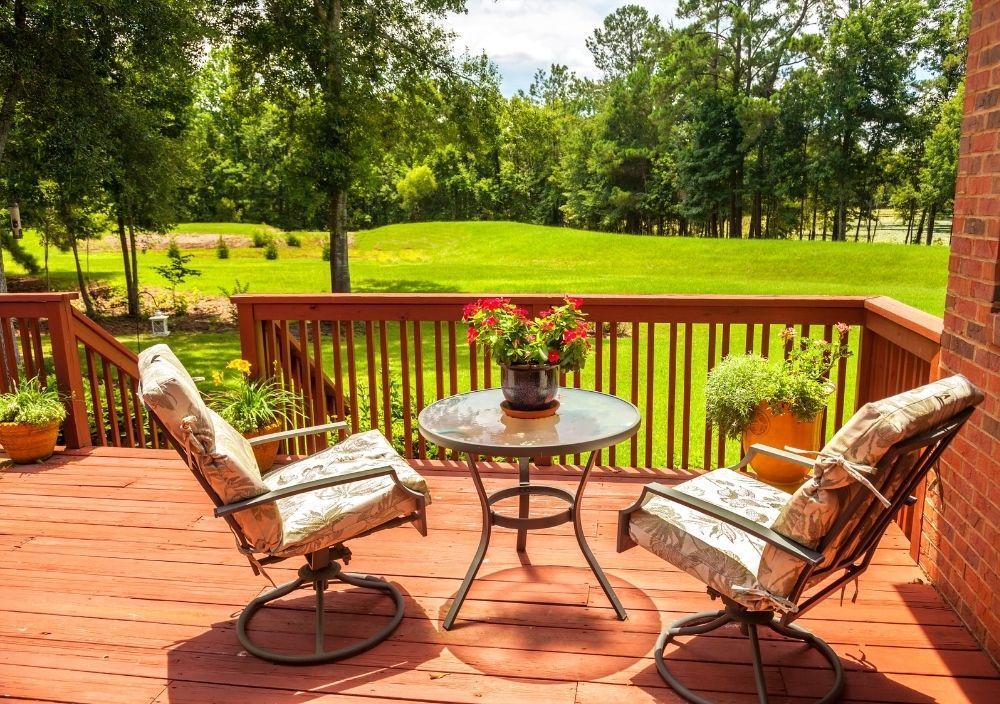ZEST DECKING
Zest Decking provides professional decking installation services with local specialist decking teams.
Here are some of the reasons to choose us as your decking fitters.

Call us on FREE on 0808 501 5759 or submit your request 24/7
Our Decking Services
-
Composite Decking
ButtonWe install composite decking one of the fastest growing materials
-
Timber Decking
ButtonSoftwood timber decking is still the most popular material in the UK
-
Plastic Decking
ButtonPlastic decking also continues to grow in pupularity
-
Decking Design
ButtonWe can advise on decking design, orientation and position aspects
-
Balustrades & Lighting
ButtonBalustrade provide and important safety aspect whilst well fitted lighting provides the wow factos
-
Benefits of Decking
ButtonDecking can provide an all year round practical space for your garden
Looking for a Deck Installer?
Call us on 0808 501 5759 or contact us for your free quote.
About us
At Zest Decking we operate local teams of deck specialists who are passionate about decking installation. We are equally comfortable installing timber, composite or plastic decking so we won't try to pursue you to go down one particular route. We're happy to provide decking advice to ensure you get the decking you want and can fully enjoy the outdoor functional space you have created.
We currently have teams providing decking services across the country with new teams being created all the time. A full list can be found at the bottom of the page.
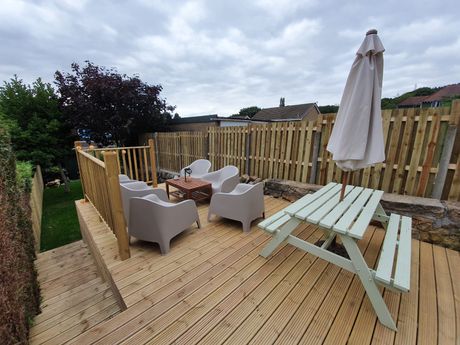
Need help?
Frequently Asked Zest Decking Questions
-
How long should timber decking last?
Clearly, a major factor in how long timber decking will last will depend on the level and frequency of wood treatment. Using good quality decking protective treatment applied at the very least every three years should mean that your softwood decking lasts about 15 years. If you’ve inherited decking by moving house the telltale signs mentioned earlier such as cracking and shrinkage may mean that your decking has gone beyond retrospective treatment and you’ll need to look at full deck replacement. If your structural timber is in good condition it may mean a simpler and less costly task of simply replacing the deck boards. Even with a timber structure, composite decking can be still be fitted onto this base to provide a low maintenance alternative to timber deck boards. Otherwise, prepare yourself for deck treatment work every couple of years to make your new softwood timber decking last at least 15 years!
-
When does decking need replacing?
There will be a number of indicators that your decking is past its prime. Clearly, the final decision will rest with you in terms of how long you leave it and of course whether your finances will allow for a new decking this year rather than next.
That said, we’ll try and provide you with some points to review and hope that when the time comes you will give us at Zest Decking a call.
If you have boards where gaps are growing between them, or there is deck board movement, this can be an indicator that there may be an issue with the supporting structural timber below as well as the deck boards on top. A good way to check is to remove at least one of the boards to decide if the issue is with the decking boards, the structural timbers or both. If you have balustrades and handrails which also have a lot of play in them it’s a good indication that your decking structure has pretty much had its day.
If the structure has been checked and given the thumbs up but deck boards have extensive cracks, splinters, colour variations or other damage you can simply replace the boards.
Ideally, if you are having new or replacement timber deck boards it is prudent to have these fitted with a slight slope to allow rainwater to run off and not stagnate or puddle in the deck grooves. Therefore the decking should be laid so that the slope runs along the length of the grooves to allow water to run off the wooden decking helping it to last longer.
If you have movement of the total structure or it looks like it is leaning, then there is an issue with the structure, most likely around the structural deck posts. Clearly, this poses a potentially serious hazard and replacing your decking completely, should be recommended.
-
Which decking boards are best?
Well, that depends on what you’re looking for. Best for the price will be softwood decking as this will be the cheapest decking board option but the downside is that they will require by far the most maintenance so long term may not be the cheapest if you were to add up the time, effort and treatment materials for over 15 or so years. However, if your initial budget is limited this is a great way to finally getting yourself a decking area for your garden. The better wood-alternative is hardwood decking but this can end up being one of the most expensive decking materials. It is expensive as hardwoods such as walnut and balau are much slower growing than softwoods so are not as widely available. They will generally have a natural darker appearance and will look like an expensive interior floor and will require quite little maintenance. If looked after well, they can last almost as long as composite boards, so will have a lower cost if the total cost of your decking is divided over the number of years it lasts.
Finally, composite and plastic boards are the lowest maintenance options by far. For the general look and feel composite will provide a more authentic wood effect due to the natural wood fibres also since the production process is slightly simpler the cost of plastic should be slightly less than composite. Plastic decking will typically ‘look more plastic’ than composite decking and there have been instances where if plastic decking has not been laid with appropriate expansion gaps warping may occur. For the smaller additional cost of composite decking to have a great looking virtually maintenance-free decking which should last at least 30 years composite will generally be the best long term decking both in terms of overall lifetime costs and aesthetics.
-
Where’s the best place for deck lights?
Adding lights to your decking can make your decking a real showpiece as darkness starts to decent on your garden in later summer. However, too few and they provide little practical use and you would still need to provide additional lighting for your decking. Too many and the aura will be overbearing and unpleasant for most people.
Since deck lights can be placed in a number of locations getting the correct balance between them will make a big difference to the overall look of your decking at night.
Incorporating decking in the centre of a deck board, avoiding joints and between 1.2m and 1.8m apart is a good rule of thumb. Where you have stairs leading to your deck, aim for the lights per step being a similar distance apart. Where you have wall lights at the side of your decking, since these serve a more decorative purpose, extending the space 2-3m apart should work fine whilst lights on balustrades should be 1.8m-2.5m apart.
AREAS COVERED:
Decking Lincoln , Decking Leeds , Decking Doncaster , Decking Nottingham , Decking Mansfield , Decking Ilkeston , Decking Long Eaton , Decking Rotherham , Decking Colchester , Decking York , Decking Coventry , Decking Kenilworth , Decking Leamington Spa , Decking Warwick , Decking Rugby , Decking Conisbrough , Decking Wath upon Dearne ,
Decking Balsall Common , Decking Bedworth , Decking Bulkington , Decking Burbage , Decking Cawston ,
Decking Dunchurch , Decking Hinckley , Decking Long Itchington , Decking Long Lawford , Decking Nuneaton , Decking Southam , Decking Auckley, Decking Bessacarr, Decking Sprotbrough, Decking Tickhill, Decking Bawtry, Decking Mexborough, Decking Edlington,
Decking inspiration partners:
I want to thank Zest Decking for transforming our outdoor space. What a transformation - fantastic
Heidi Pentland
We've been complemented on our grey composite decking since it was installed by Zest Decking especially at night when the lights are switched on
James Higgins
Replacement decking was done quickly and efficiently - all old decking removed, no mess, would recommend
Sid Brightdale

